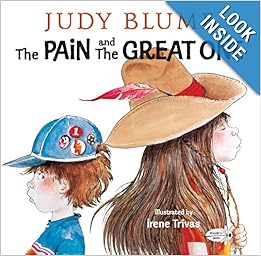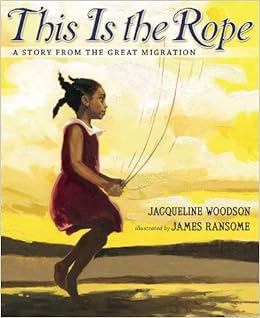Nonfiction Picture Book 10 for 10
It's here. Today is the second year for
#nf10for10 --- a celebration of nonfiction picture books.
Julie Balen is hosting today's event at
Write at the Edge. Remember to stop by HER BLOG to link your post. If you don't have a blog, but would like to participate,
here are some suggestions. You might also want to tweet your links using the hashtag
#nf10for10. In the following days, I will link the posts together in
a jog for this year's event.
#nf10for10 2013 Jog
Last year, I shared ten nonfiction books I shared ten books I chose based upon characteristics of nonfiction I had noticed.
Mentor Texts for Young Nonfiction Writers
This year, I'm thinking about nonfiction writing. My students this year are much more interested in nonfiction books, and nonfiction writing has started to creep into our writer's workshop. Here are 10 nonfiction books I can see using as mentor texts for the young writers in my classroom.
Seesaw Text
Young writers are learning about the past and the way it can help them find ideas for their stories. Joy Cowley's,
When I Was Young, is the perfect mentor text for showing young writers how they can contrast their lives now to when they were younger. It's amazing how much six and seven year olds remember about their past, and how much they have already changed. Cowley's book uses a seesaw structure to talk about then in now. While this structure works well with moving back and forth in time, it also can be used for many different topics of nonfiction writing.
True or False
Melvin and Gilda Berger have written a
series of True/False books my students love.
Mammals is one example of a book from this series that starts with a statement and then asks if it is true or false. Readers then turn the page to find out if the statement is true or not. One of the statements in this book is "No Mammals Lay Eggs." True or False? The answer might surprise you. It is easy to see the way young writers could use this structure to talk about sports, pets, insects, and much more.
Question and Answer
Without a doubt,
Why? by Lila Prap, is a mentor text for young writers wanting to use a question and answer format. In this book, the author asks a question such as "Why do zebras have stripes?" Readers are then given three funny answers and the truth. Young writers could easily use this structure for their nonfiction writing. I was excited to see Prap has a new "Why" book coming out in July 2014,
Cat Whys.
Facts and Visual Images
Predators by Roger Priddy is always a hot book in the classroom. This book is part of a
series of Smart Kid titles that students return to over and over again. In this book each double page spread shares a few facts about the topic. Then the reader sees visual images that tell more about how dangerous the animal is and how big it is. The size comparisons show the animal beside a human. This book is a good mentor texts for showing students how they can share information in visual images. I was excited to see new titles,
Coral Reef and
Rainforest, are expected to be released later this year.
A New Lens
Nonfiction writers sometimes share an idea by telling the similarities and differences of a topic. In
Sleep, by Steve Jenkins, we learn of the interesting sleeping habits of a variety of animals. Young writers have an opportunity to consider the interesting way the author chose to tell about animals by choosing one particular question, "How do ______ sleep?", and then weaving that question across a variety of examples. The repetitive structure of this text makes it a strong mentor for young writers learning to organize information for readers.
Looking Closely
Young writers are often learning to describe what they notice and know.
If You Find a Rock by Peggy Christian is much like Sleep in that it is different ways to look at the same thing. This book is perfect for showing how writers can look at something closely to describe it.
Adding Facts to a Story
In
White Owl, Barn Owl by Nicola Davies, the author tells the story of looking for a barn owl at night. As the author weaves the story, she adds interesting facts about barn owls to the illustrations. Young writers can use this mentor text to consider ways to add facts to a story.
Compare and Contrast
Melissa Stewart has a series of
"How Do You Know?" nonfiction books that compare two similar animals.
In Frog or Toad? How Do You Know? Stewart compares a frog and toad to help readers know how to tell the two apart. Young writers could use this text as a mentor for comparing to closely related topics.
How To
In
How to Paint the Portrait of a Bird, Jacques Prevert shares the steps for painting a picture of a bird. The direct structure of this book in telling readers how to paint a picture of a bird can be used to write other "how to" texts.
Opinion
There's lots of talk about opinion writing with the Common Core standards. I've
started to collect pins with some of the books I've discovered that might work, but many opinion mentors are on the internet in blogs, in the newspaper and in reviews. I'm going to dig way back for the book I find that works best as an opinion piece, and it's really pushing the boundaries of nonfiction. The only way it is nonfiction if it is true that the author is telling about her little brother, but rules are meant to be bent. I have to say my favorite book for opinion writing is
The Pain and the Great One --- yes, all the way from 1985 --- by Judy Blume. Oh my!





















